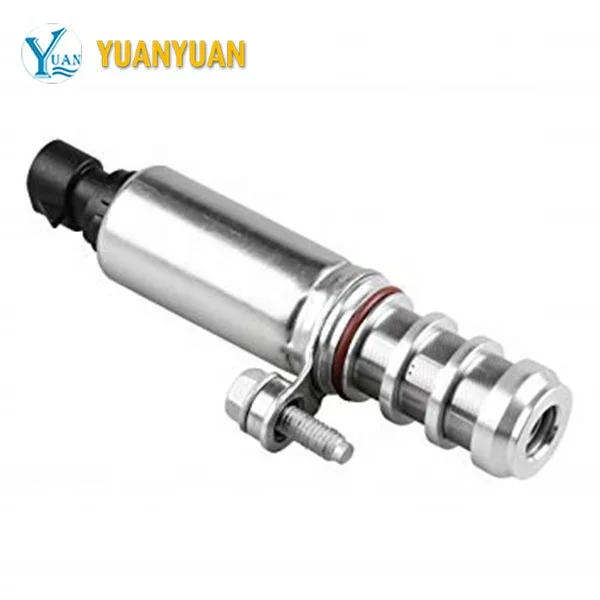

Since there are two camshafts, the engine needs two CMP sensors to know the position of each camshaft. Bank 1 is always the bank that has cylinder number 1, and the location varies depending on the car’s make and model. This means that each bank has its own camshaft and camshaft position sensor. If you have a V-configuration engine, such as a V6, V8, and so on, then you have two cylinder banks or two rows of engine cylinders. You don’t need to identify the banks, and all you need to do now is find the exact location of the sensor which varies depending on your car’s make and model. If you have an inline engine such as an inline-four or inline-six engine, then there’s only one cylinder bank ( one row of cylinders).


Okay, that’s pretty self-explanatory, let us explain further: Where exactly is that camshaft position sensor bank 1? Camshaft position sensor bank 1 refers to the sensor in bank 1 of your engine. So, now you know how a camshaft and its position sensor work. In interference-type engines, this often leads to complete engine failure. This can also cause the camshaft to open the valves at the wrong time, which can lead to severe damage. If the timing is off or the CMP is faulty, then the ECU can’t control the engine correctly. So, what does the camshaft position sensor do then? Before we explain further, what you should know is that the camshaft and crankshaft are connected via a timing belt or chain, depending on the car’s make and model. But as the name suggests, the exhaust valves open when the engine needs to expel exhaust gases after combustion. The exhaust valve works the same way as the intake valve-by using the camshaft to open them. Note there are also exhaust valves in an engine. These lobes rotate along with the shaft, and when the lobes come into contact with the intake valve, it will push the valve down to allow fuel and air to enter. The camshaft is a rotating shaft with lobes (cams) attached to it. The valves are closed by default, so how do you open them? With the help of the camshaft. The mixture enters the cylinder through valves, known as the intake valves. Specifically, during the intake stroke where the piston is moving down to allow space for the mixture before compressing it. Replaced Camshaft Position Sensor But Still Get Code?īack to that fuel and mixture, it needs to enter the cylinders at the right time.

#2016 equinox camshaft position sensor series
And then this force is transferred to the driven wheels through a series of gears and shafts. The crankshaft converts the reciprocating motion of the pistons into a rotational motion. Once the fuel and air mixture combusts, it will force the piston inside the cylinder to move down and rotates a crankshaft underneath the engine. If you already have a good understanding, then you can skip the next section.įirst, the basics: your car’s engine runs by burning fuel and air inside the cylinders. If you’re unfamiliar with the camshaft and how an internal combustion engine works, stick around cause you need to know how it works and why it’s crucial. It’s crucial for your engine’s smooth operation and can lead to severe damage if ignored.
#2016 equinox camshaft position sensor code
This is just one of many trouble codes that indicates that you have a camshaft position sensor issue.Ī camshaft position sensor- or CMP for short-trouble code is not to be taken lightly. In.Wondering what “Camshaft Position Sensor Bank 1” means? We’re guessing you have a P0017 trouble code in your car. V6 GAS DOHC Naturally Aspiratedģ.6L 3564CC 217Cu. V6 FLEX DOHC Naturally Aspiratedģ.6L 3564CC 217Cu. This part is compatible with 28 vehicle(s) Notesģ.6L 3564CC 217Cu.


 0 kommentar(er)
0 kommentar(er)
